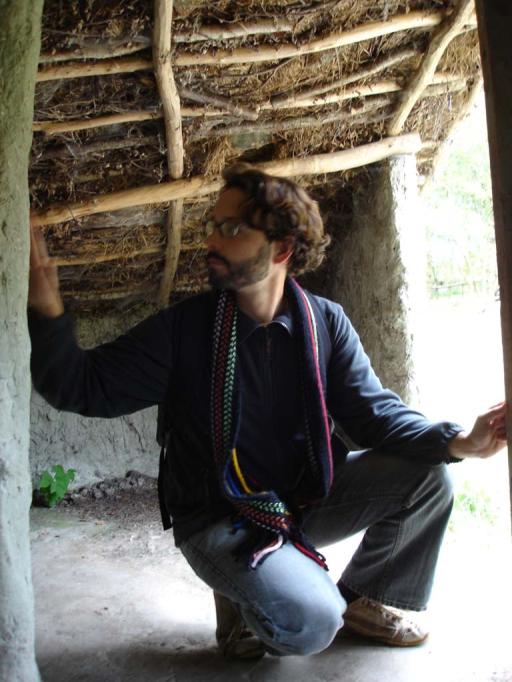
Recently Rated:
Stats
Blogs: 8
images: 17
Location: Zaragoza, Spain
Work interests: Plant Physiology, Forestry, Stable Isotopes, Archaeobotany, Agriculture, Plant breeding, Ecohydrology
Affiliation/website: https://www.juanpedroferrio.com
Preferred contact method: Any
Preferred contact language(s): English, Spanish
Contact: Estación Experimental de Aula Dei (EEAD-CSIC), Avda. Montañana 1005, 50059 Zaragoza, SPAIN
Favourite publications:
Work interests: Plant Physiology, Forestry, Stable Isotopes, Archaeobotany, Agriculture, Plant breeding, Ecohydrology
Affiliation/website: https://www.juanpedroferrio.com
Preferred contact method: Any
Preferred contact language(s): English, Spanish
Contact: Estación Experimental de Aula Dei (EEAD-CSIC), Avda. Montañana 1005, 50059 Zaragoza, SPAIN
Favourite publications:
Founding Member
Location: Zaragoza, Spain
Work: Plant ecophysiology, stable isotopes, archaeobotany, palaeoenvironment, plant breeding
Affiliations: EEAD-CSIC
Work: Plant ecophysiology, stable isotopes, archaeobotany, palaeoenvironment, plant breeding
Affiliations: EEAD-CSIC
Agronomic conditions in ancient Near East 12,000 years ago
In this study we described the characteristics of agriculture at its beginnings by comparing kernel and wood samples from ancient Near East sites - the birthplace of Western agriculture -- with present day samples. It is the first time that direct evidences enable to know humidity and fertility conditions of crops, as well as the process of cereal domestication developed by humans from the Neolithic (12,000 years ago) to early Roman times (around 2,000 years ago).
Source:
Jos L. Araus, Juan P. Ferrio, Jordi Voltas, Mnica Aguilera, Ramn Bux. Agronomic conditions and crop evolution in ancient Near East agriculture. Nature Communications, 2014; 5 DOI: 10.1038/ncomms4953
